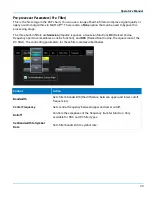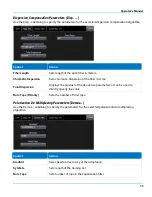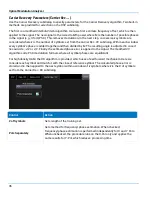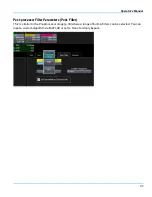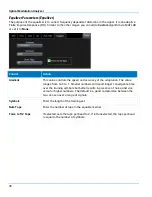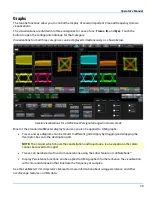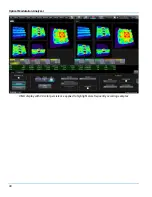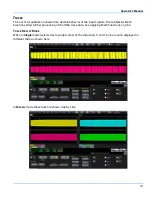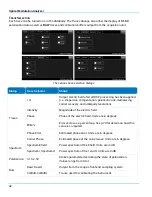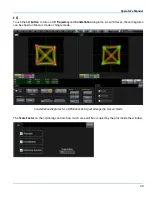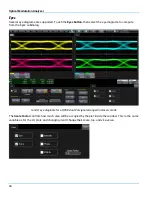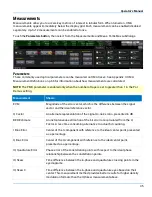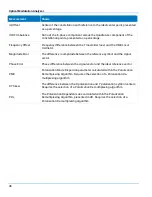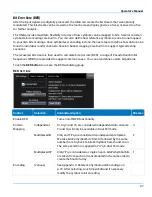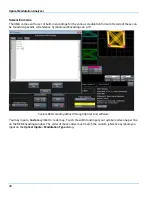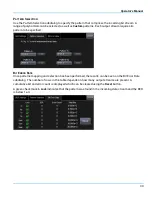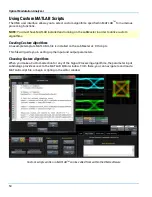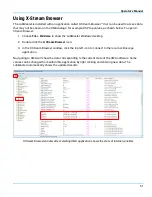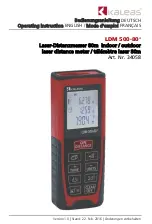
Optical Modulation Analyzer
36
Carrier Recovery Parameters (Carrier Rec. …)
Use the Carrier Recovery subdialog to specify parameters for the Carrier Recovery algorithm. Two built-in
methods are provided for selection on the DSP subdialog.
The first is a modified Viterbi & Viterbi algorithm. Here, we first estimate frequency offset, which is then
applied to the signal. The new signal is the raised to
Mth
power where M is the number of possible phases
in the signal (e.g., 4 for QPSK). This removes modulation. In the next step, successive
k
symbols are
considered where
k
is the number of symbols set from the Carrier Rec. VV subdialog. Within each window
every symbol’s phase is added together and then divided by
M
. The resulting angle is adjusted in case it
lies outside –
π
/2 or
π
/2. Finally, the estimated phase error is applied to the signal. The modified VV
algorithm suits PSK modulation formats where all symbol phases are equidistant.
For high density QAM, the DD algorithm is provided, which uses a feed forward mechanism. Here we
consider each symbol and match it with the closest reference symbol. The calculated phase error is
stored and is then applied to the next symbol within a window of
k
symbols where
k
is the # of symbols
set from the Carrier Rec. DD subdialog.
Control
Action
# of Symbols
Sets length of the training set.
Pols Separately
Sets method for frequency/phase estimation. When checked,
frequency/phase estimation is performed independently for X and Y Pols.
When unchecked, the procedure runs on the X-Pol only and applies the
same results for Y-Pol, which reduces processing time.
Summary of Contents for IQS25
Page 1: ...Operator s Manual Optical Modulation Analyzer ...
Page 2: ......
Page 3: ...Optical Modulation Analyzer Operator s Manual August 2016 ...
Page 86: ...Optical Modulation Analyzer 78 ...
Page 87: ......
Page 88: ...927295 00 Rev A August 2016 ...












